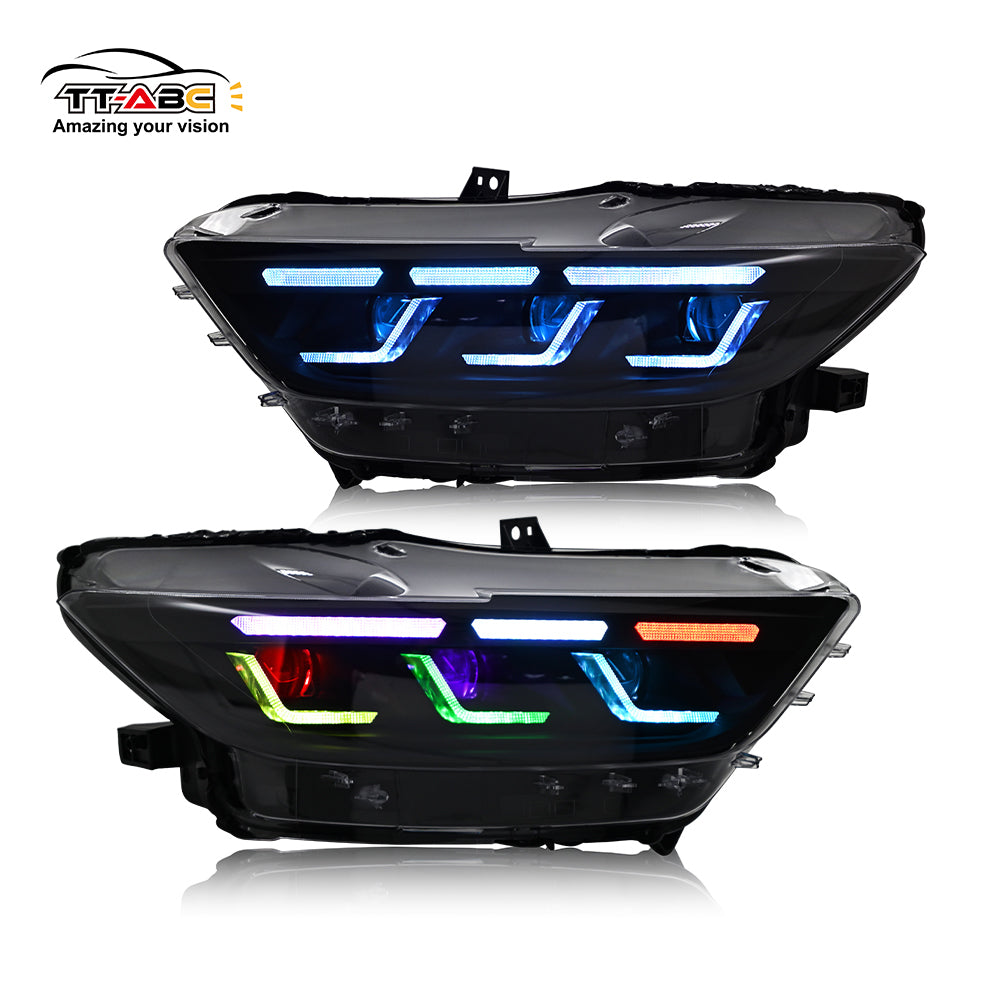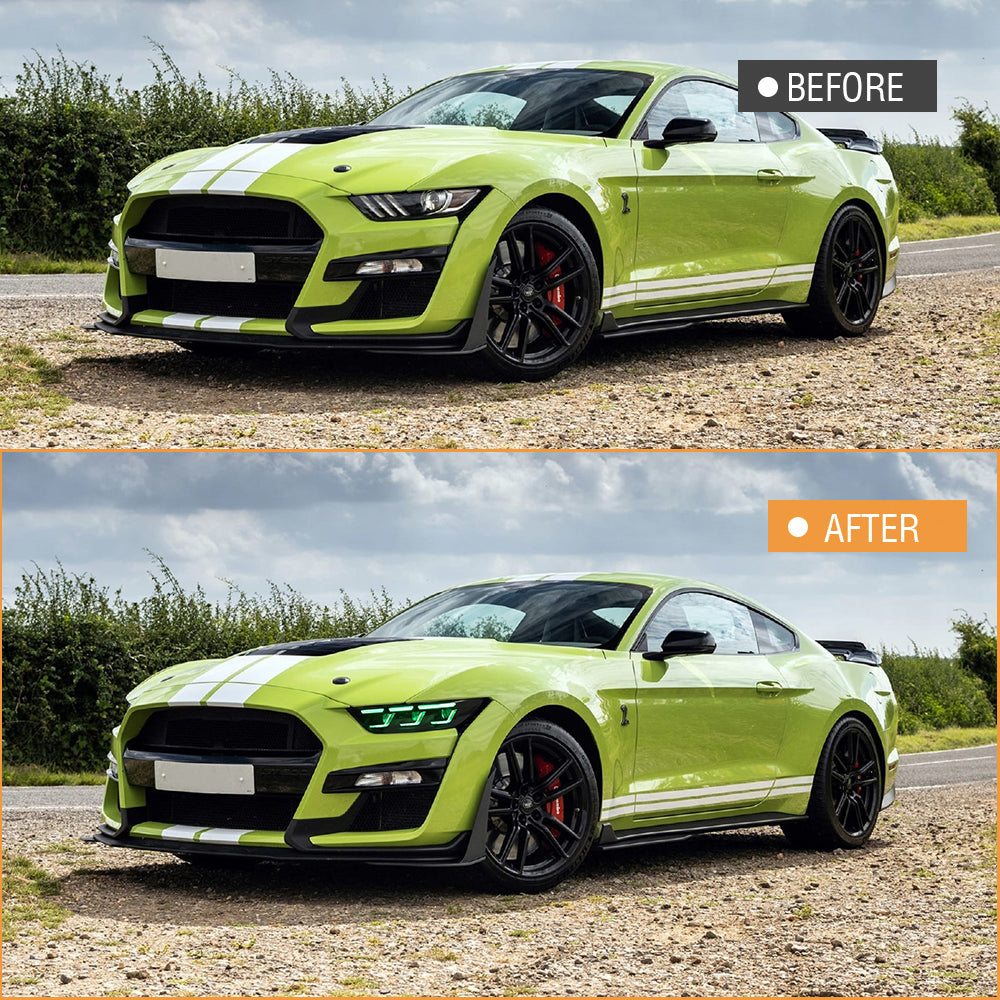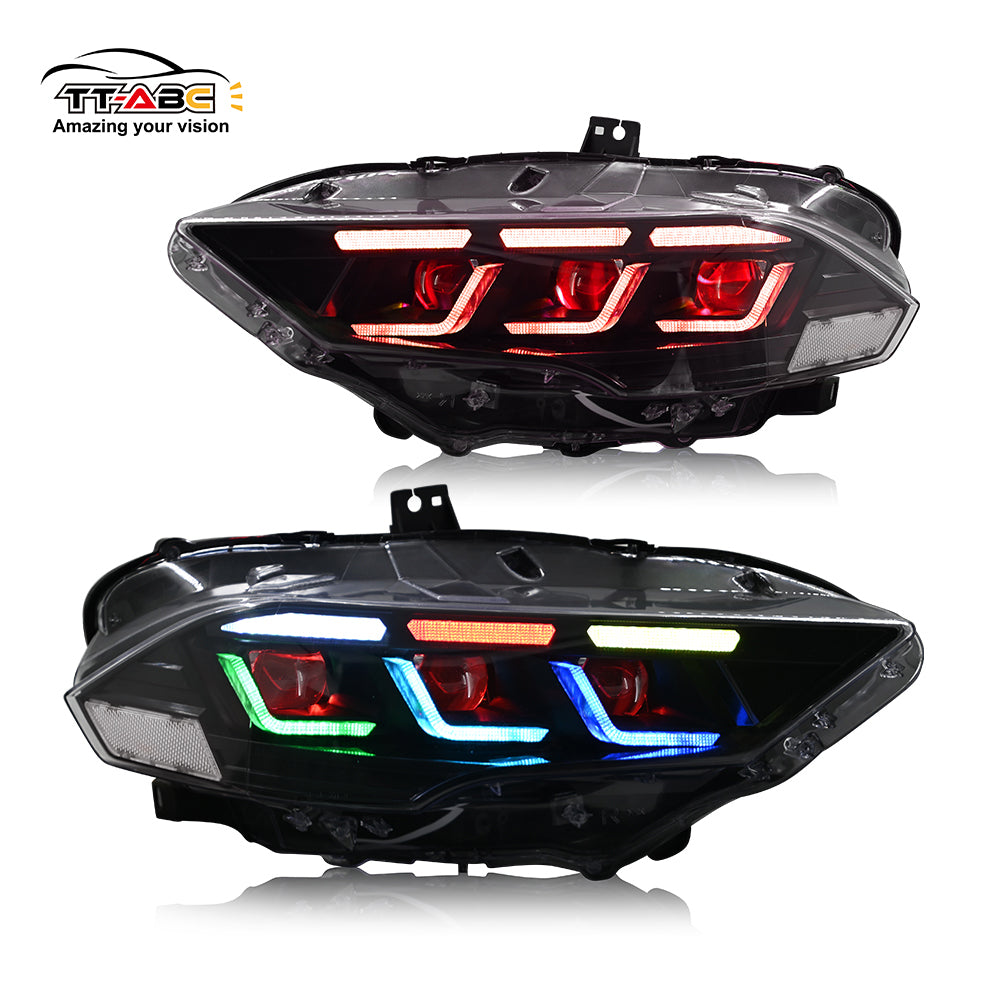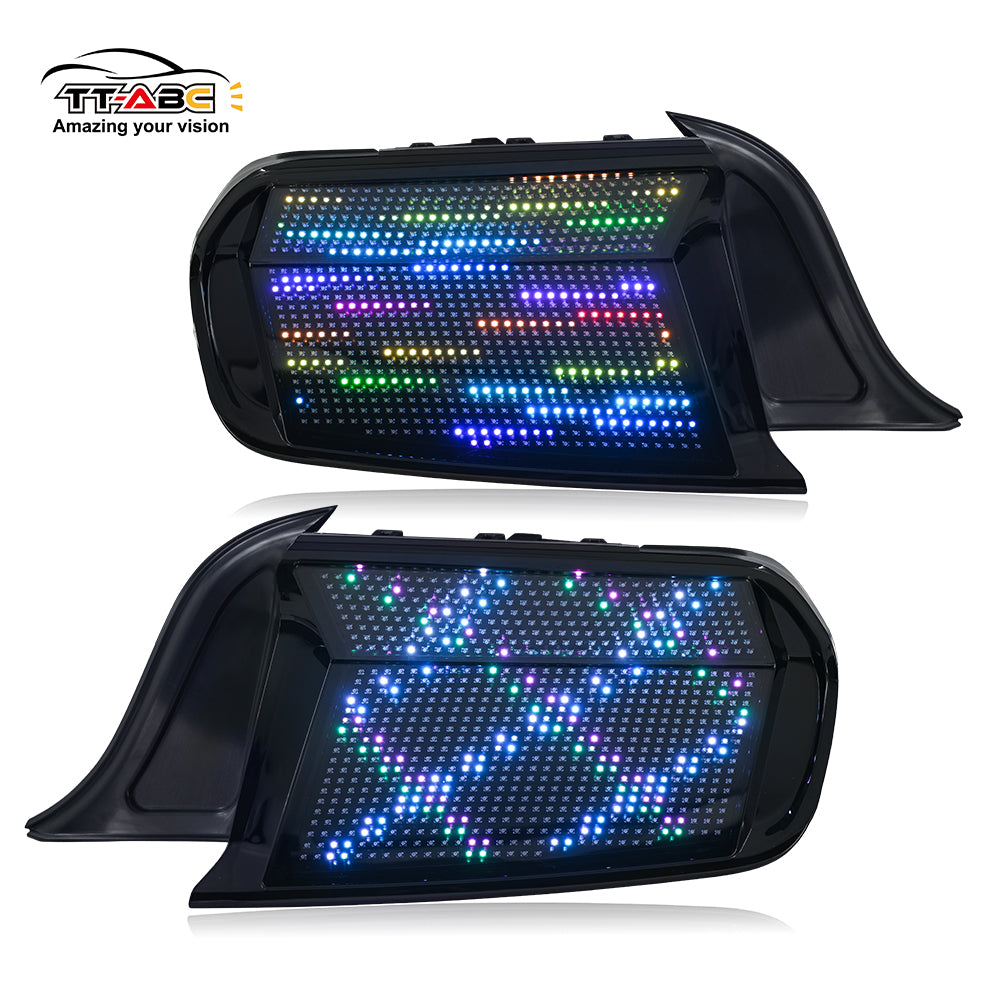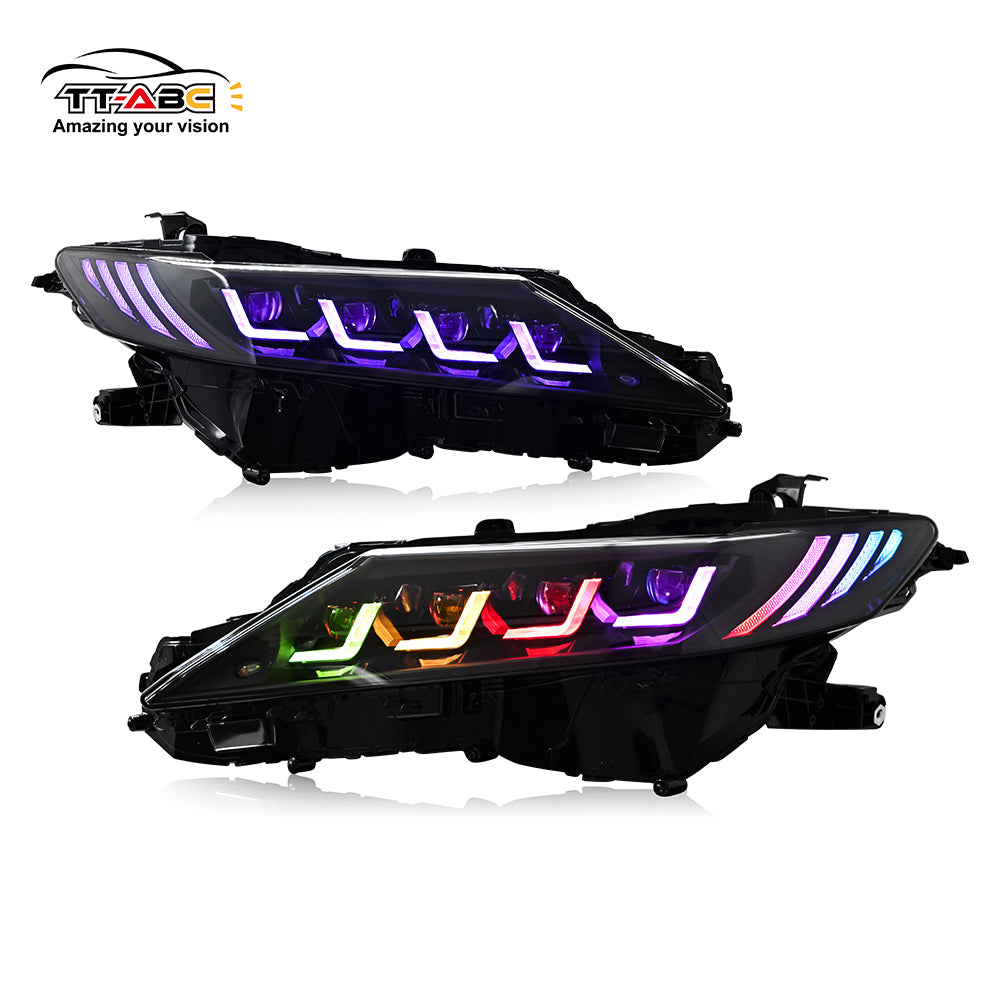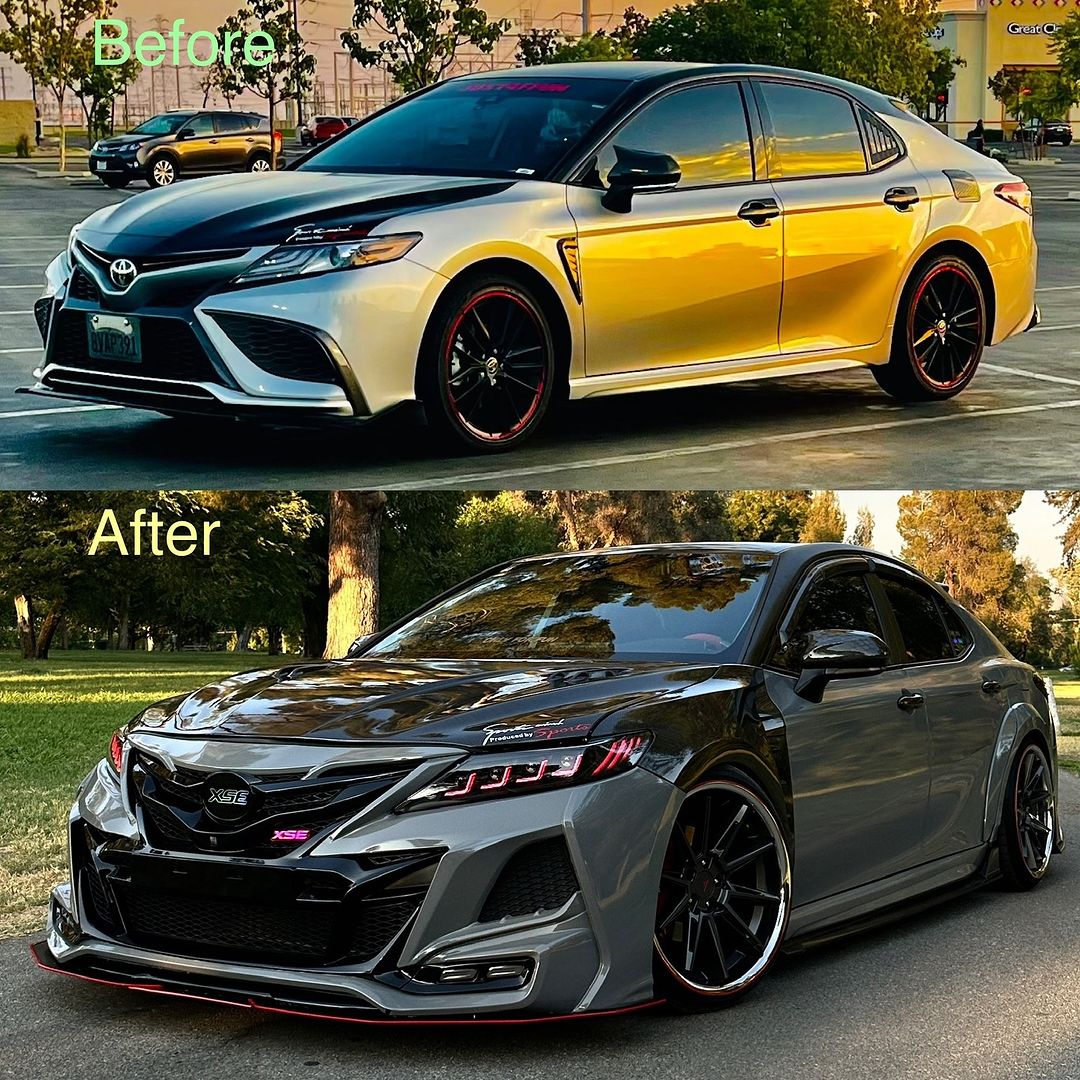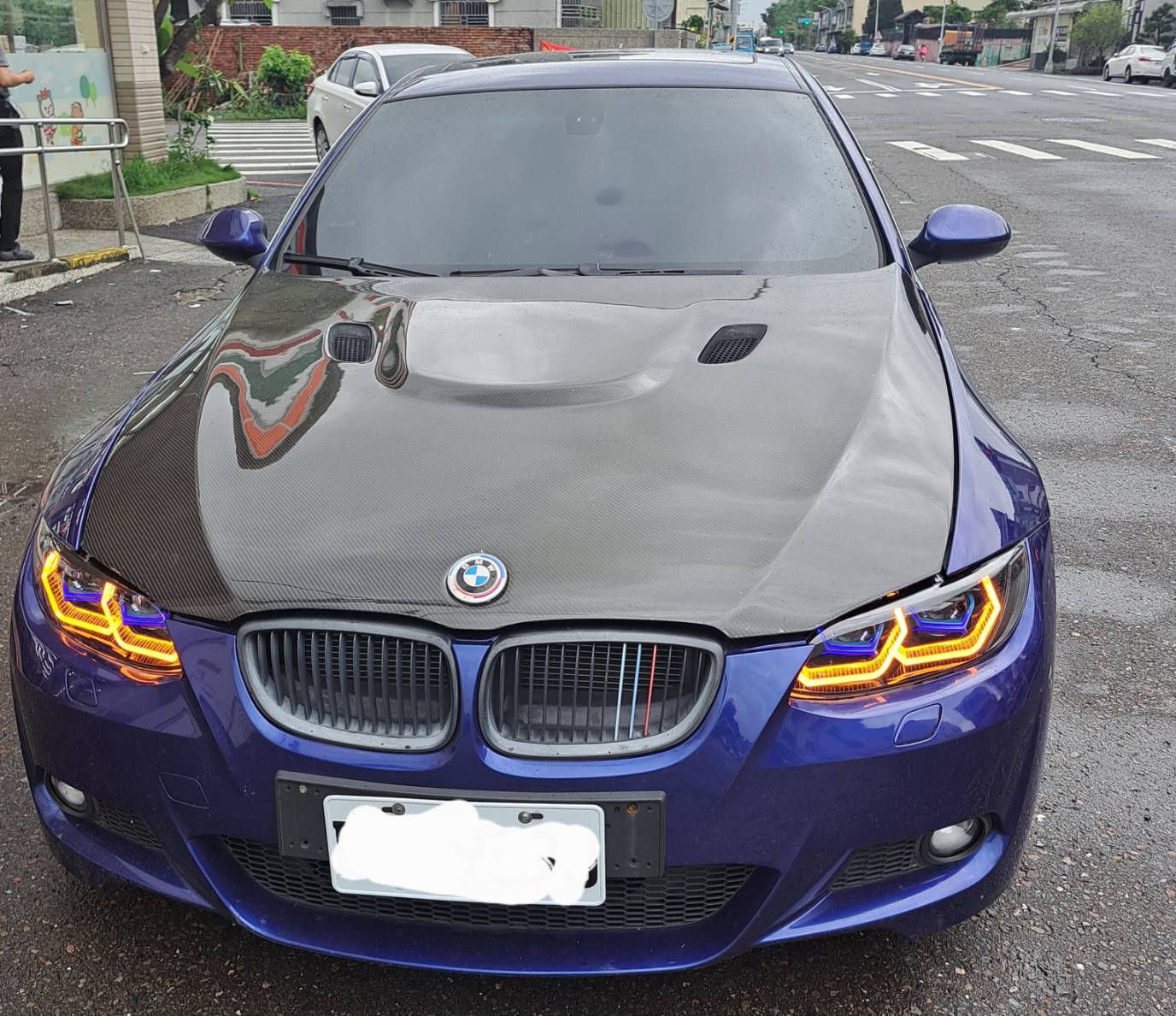The 2007 Honda Civic Type R (FD2) and the 2021 Honda Civic Type R (FK8) are two generations of Honda's high-performance Civic variant, separated by nearly 15 years. Here's a comparison between the two:
Engine and Performance
The FD2 (2007) was powered by a naturally aspirated 2.0L K20A I4 engine producing 225 PS (165 kW) and 215 Nm of torque.
The FK8 (2021) features a turbocharged 2.0L K20C1 I4 engine with 310 PS (228 kW) and 400 Nm of torque, making it significantly more powerful.
The FD2 had a high-revving nature typical of Honda's naturally aspirated VTEC engines, while the FK8's turbo engine provides more low-end torque.
Transmission and Drivetrain
Both models were equipped with a close-ratio 6-speed manual transmission and a helical limited-slip differential.
Power was sent to the front wheels in both cases.
Chassis and Suspension
The FD2 had a more rigid chassis compared to its predecessor, with an independent rear suspension instead of a torsion beam.
The FK8 featured an advanced dual-axis strut front suspension and adaptive dampers with a track-focused +R mode for improved handling and stability.
Styling and Aerodynamics
The FD2 was offered as a 4-door sedan, while the FK8 is a 5-door hatchback.
The FK8 has a more aggressive and aerodynamic design with functional air vents, a large rear wing, and a lower stance.
Weight and Dimensions
The FD2 had a curb weight of 1,255-1,270 kg, while the FK8 is slightly heavier at 1,380 kg.
The FK8 has a longer wheelbase (2,600 mm vs 2,700 mm) and is overall larger than the FD2.
The 2021 FK8 Civic Type R represents a significant evolution over the 2007 FD2, with a more powerful turbocharged engine, advanced suspension and aerodynamics, and a more aggressive overall design, while still retaining the Type R's front-wheel-drive dynamics and manual transmission.











